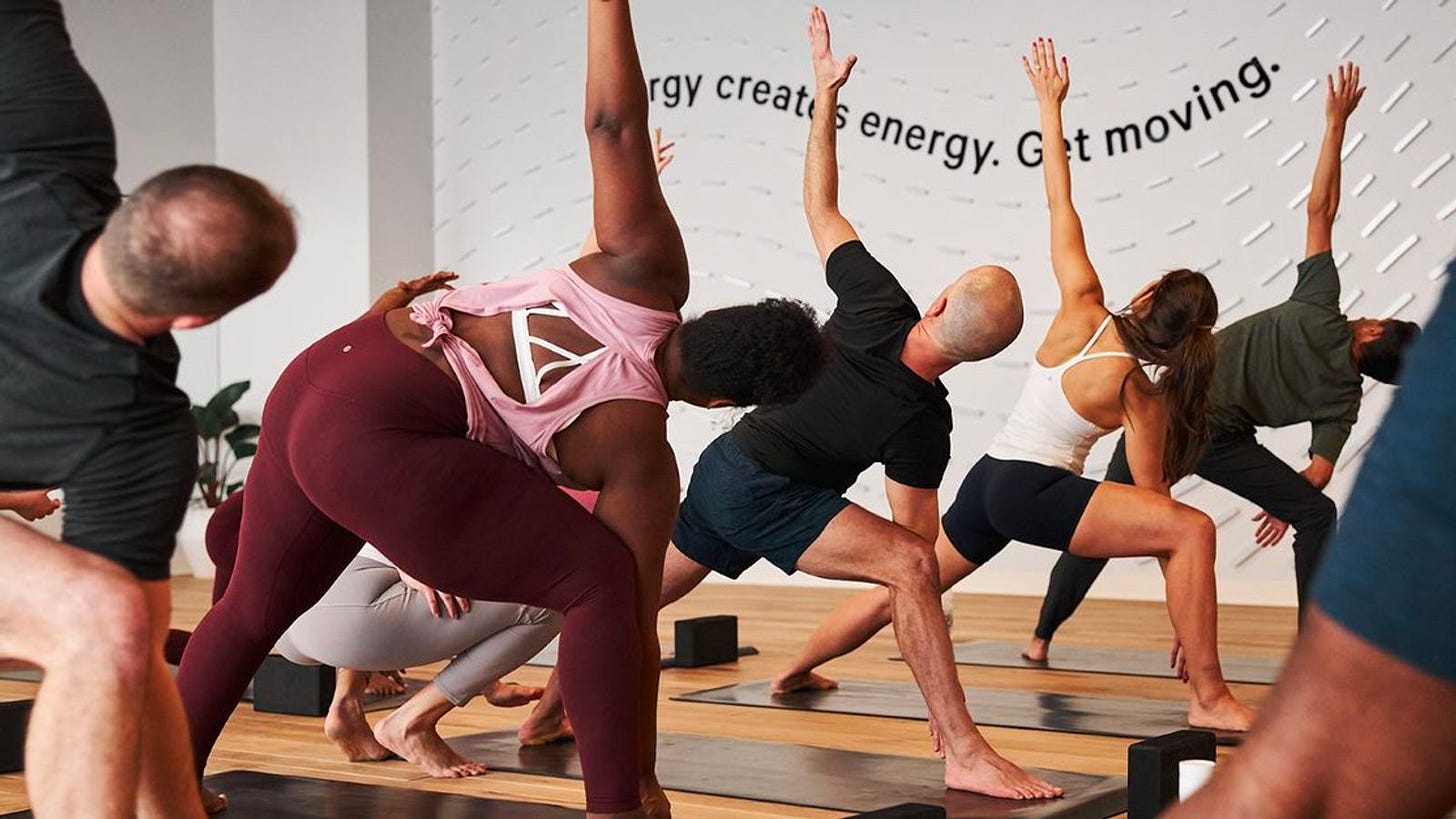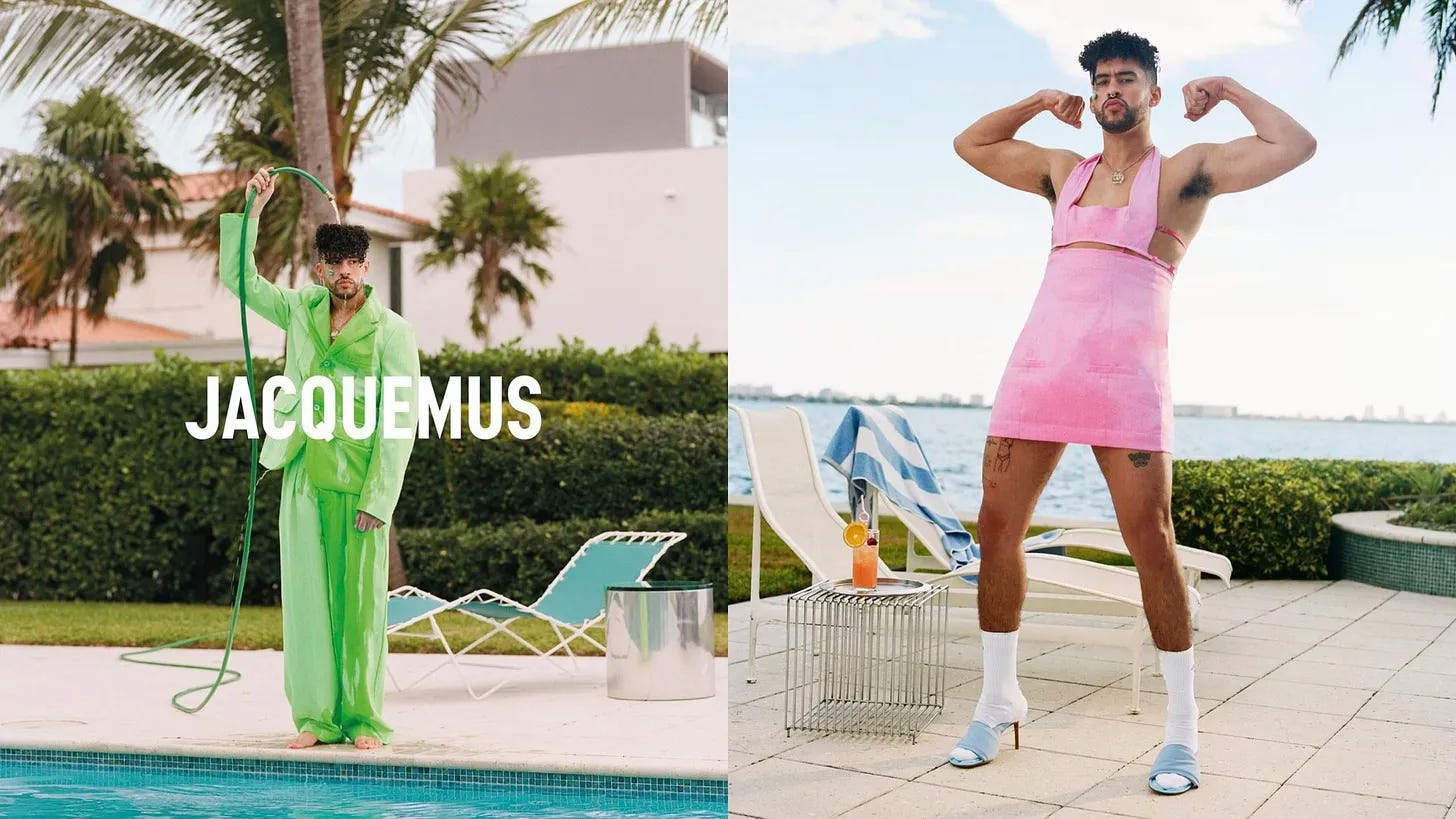5 Things Every Marketer Needs To Know About Engaging Gen Z In 2024
Topic based article on how to approach Gen Z in 2024
It’s official - 2024 is officially here and those of us in marketing are all in our planning era. If you believe MarketingTok, 2023 saw most of us rolling up screaming and crying to meetings due to the endless trends cropping up that we never would have put on our bingo card for the year. With trends like tube girl and words like rizz, it’s getting harder to walk into your annual plan sessions with confidence.
That’s where we come in.
As a youth specialist creative agency, we’re always looking to the next generation to help support the future of brands no matter their demo. So, as Livity’s gift to you for the new year, here’s our top 5 things to keep you on top in 2024.
Act first, think later, for maximum impact
The influence of social media and appetite of Gen Z has led to a blink-and-you’ll-miss-it trend cycle. Where fashion trends come back every decade, we’re seeing revolutions in a matter of months, and where social media saw steady rises, we’re seeing overnight celebrities.
Trends don’t build trust, but they do build relevance. Tapping into a trend or two that reflect your brand (or sometimes don’t) can launch you into that sweet spot of relevance and consideration needed for decision making. And with nearly 40% of Gen Z reporting they were directly influenced to buy a product after seeing it on TikTok, it’s too fun to miss.
Put in place:
Speedy approval systems that support your content teams to create relevant content that doesn’t go past the expiration date. Empower your agencies or in-house teams to create and share content within 2-3 days of concept to play into brand relevance.
 Tiktok failed to load.
Tiktok failed to load.Enable 3rd party cookies or use another browser
Re-work your channel approach
Forget simply heading to social to reach your Gen Z audiences - they’re diversifying their online (and offline) experiences.
The evolution of Web 3.0 has given audiences the ability to draw lines between public and private spaces, using closed communities to be their complete selves. Escaping feed-based apps like Instagram by engaging in new-age community platforms highlights the desire for long-form and more meaningful connections. And those connections often come from others that share their interests and values - most of the best sit at the intersection of both.
Offline, new retail spaces are providing seamless experiences that embrace logistics, UX, digital content, physical space and product. The movement towards new retail has youth audiences demanding more from brands IRL touchpoints - personalisation of store experiences, interactivity and theatrical retail are top of their list. Nike’s concept stores throughout China often experiment with immersive and interactive experiences, and Lulu Lemon’s new Mindfulosophy space in New York is cementing its status within the wellness category.
Put in place:
Test projects that introduce new and trusted channels that bring audiences closer to your brand. Investigate channels enabling new age dialogue like Discord, Twitch, Reddit or even Slack - and figure out how to weave in consumer experiences IRL.
Immerse yourself in brand storytelling
Brands can forget the importance of storytelling - when confronted with minor differences in quality or design, the brand itself sways consumers from one product to another, sometimes regardless of price. We pay more to wear something from Skims over Primark; we immerse ourselves in the stories of Adidas over Nike; we are loyal to Net-a-Porte over TK Maxx. Without storytelling, there would be no brands or consumer loyalty.
But telling your brand’s story isn't the only way to utilise storytelling. Like Marvel’s Cinematic Universe, brands have the opportunity to develop their own creative universes to stay relevant for the future. Think McDonald’s new premium drink chain, CosMc’s, with all the lore and personalisation that goes along with it.
Put in place:
If the future of brand storytelling is world-building, we should be going beyond traditional formats (sorry print and TV) which are not relevant to the next gen. You’ve got endless opportunities in merch, retail experiences, installations, social media, communities and creators, and content and entertainment that builds worlds. This future storytelling approach opens doors to what we’re all looking for - brand loyalty.
Stay true to your purpose
Purpose is still a major driver of youth audiences globally - we hear everyday from our network that they’re willing to put their money where their mouths are to support brands that rally around them.
On the topic of money, My Money Matters recently collaborated with Olivia Coleman to thank the public for inadvertently investing in fossil fuels. The spot features the Academy Award Winner in a world where she is “Oblivia Coalmine”, a money hungry Big Oil CEO reaching out to the many supporting her cause. Whilst being funny, slightly uncomfortable, and almost uncanny, it’s highlighting the importance of our power in sustainability.
Slapping a rainbow logo on your socials might have worked for most Millennials, but Gen Z have had it with a tokenistic economy. Between the cost of living, a burning world, and rewind on rights of people across the globe, now is not the time to take a stand without seriously thinking about how you’re supporting a cause.
Whilst it isn’t the responsibility of brands to ethically market, where brands can do better, they are expected to do so.
Put in place:
Evaluate yourselves, and be tough. Do good first, and promote it only if you believe that within the context of the cause you have the validity to do so. Be as genuine as you can be. Heartfelt if possible. Emotional always. These are real moments of significance for people, not just a date in your content calendar.
Gen Z aren’t so young anymore
Fact: elder Gen Z’s are turning between 26-29.
Fact: that’s super close to their 30’s.
Fact: Alpha’s are looking pretty Gen Z right now.
It’s scary, but Alpha’s aren’t too far off having purchase power that goes further than pester. With access to bank cards and pocket money already, they’re now in the middle of learning the value of money, even if it is through spaces like Roblox.
We hate to bring back the C-word, but Covid has had an increasingly evident impact on the way we all navigate the world today. The true effects of the pandemic are unknown, and only time will tell the true gravity of the impact on their lives. Alpha’s were put in a position of isolation during core developmental years, so behave wildly differently than even Gen Z’s. Understanding what motivates Alpha’s, how they behave, and how you can engage them will be key to including these budding audiences into your remit.
Put in place:
If you aren’t already, 2024 is the perfect time to invest in Alpha’s. From understanding their motivations to investigating most used channels, future proofing your business means getting ahead of the next generation ready to completely change our thinking (again).
And, for our final bonus point…
Future favours the bold
If we were IRL I’d be encouraging you to be more adventurous in 2024. Much like Madonna, brands need to continue to evolve to secure their future. What do Duolingo, Nutter Butter, and Liquid Death all have in common?
They all took a risk, and wow is it paying off.
Change can be scary, but the many doors that open after taking a risk, make it all the more worth your while!
Put in place:
A 2-5% budget and time allocation for beyond-your-brand ideas. Pushing the boundaries of your brand is where the fun is - after all, rules were made to be broken. Just maybe don’t tell the team who built out your fancy brand guidelines.
None of us know what 2024 will bring, but with some quick shifts in process and an open mind we can be on top of what’s coming for us.









